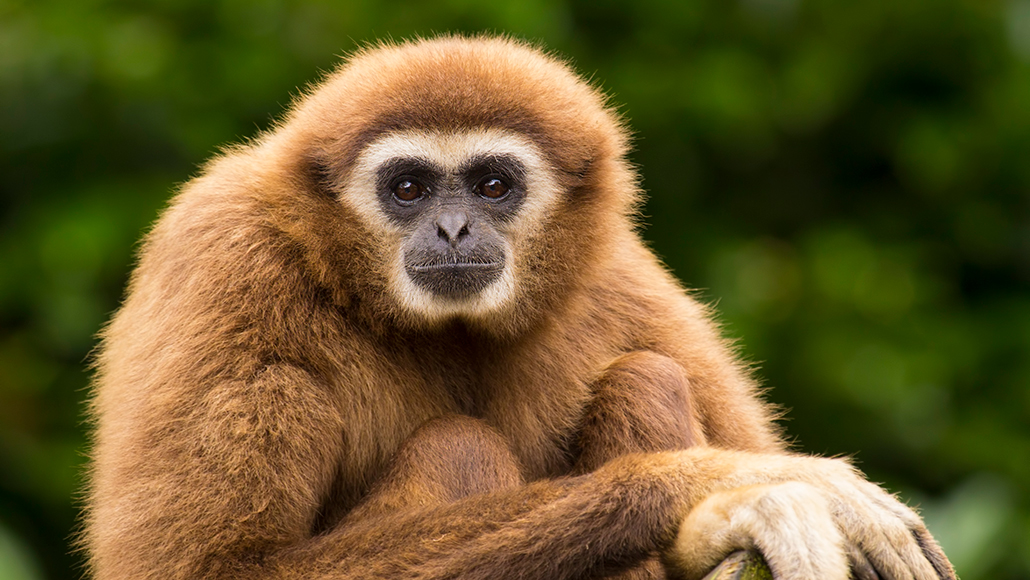A stray molar is the oldest known fossil from an ancient gibbon
Ancestors of these small-bodied apes were in India roughly 13 million years ago, a study suggests

Ancestors of modern gibbons, such as this one, reached what’s now India around the same time as evolutionary precursors of present-day orangutans did, roughly 13 million years ago, a new fossil find suggests.
SanderMeertins/iStock/Getty Images Plus